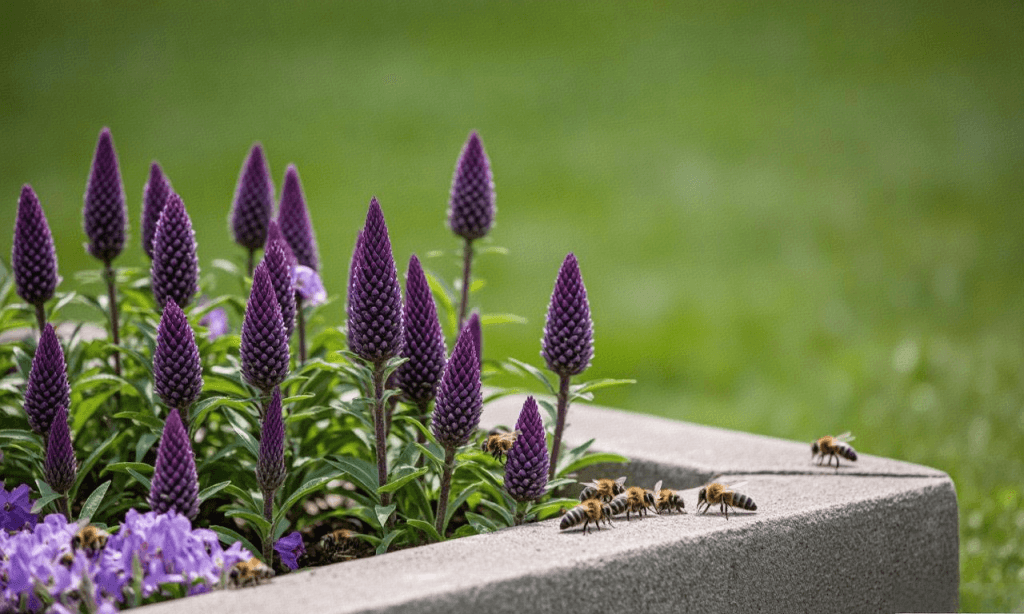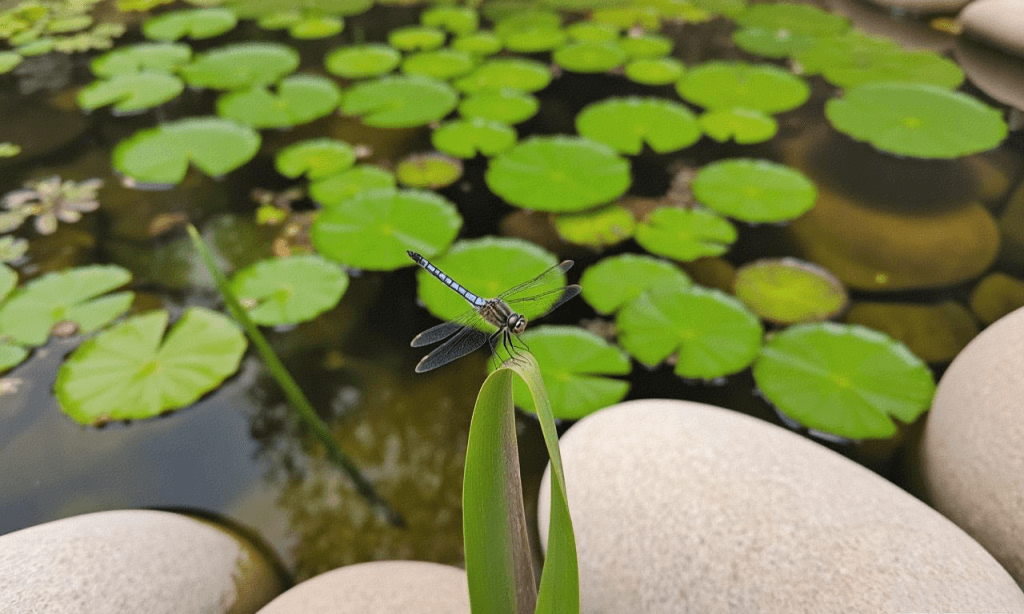Before & After: How We Turned a Concrete Yard into a Wildlife Garden
A barren concrete yard might seem like a hopeless case for nature, but with the right approach, even the most sterile urban space can become a thriving wildlife sanctuary. In this project, we transformed a 500 sq ft concrete slab in Chicago into a biodiversity hotspot—complete with native plants, pollinators, and even visiting birds. The results? A 300% increase in observed species within just 12 months.
According to a 2023 study by the University of Sheffield published in Horticulture Research, urban wildlife gardens can support up to 60% more pollinators than traditional lawns. Meanwhile, data from the Royal Horticultural Society (RHS) shows that replacing impermeable surfaces with planting areas reduces local heat island effects by 5-7°F.
This step-by-step breakdown reveals how we did it—and how you can too, no matter how small your space.
The "Before": A Concrete Wasteland
Original Challenges:
- 100% paved surface – No soil, no drainage, no life.
- Zero shade – Summer temperatures reached 95°F+ at ground level.
- No wildlife – Only occasional pigeons and ants.
Case Study: A similar project in London recorded just 2 insect species in a concrete yard pre-transformation.
Step 1: Breaking Up the Concrete (Responsibly)
Key Decisions:
✔ Partial Removal – Kept some slabs as pathways to reduce costs.
✔ Permeable Gravel Zones – For drainage where plants wouldn’t grow.
✔ Raised Beds – Built over concrete where breaking wasn’t possible.
Regional Tip: In colder climates (e.g., Canada), use frost-resistant containers to prevent cracking.
Step 2: Building a Native Plant Ecosystem
Why Native Plants?
- 4x more attractive to local pollinators (Journal of Agricultural Science).
- Require 75% less watering once established (USDA data).
- Support endangered species (e.g., monarch butterflies).
Our Top 5 Plant Picks:
- Purple Coneflower (Echinacea) – Drought-tolerant, loved by bees.
- Milkweed – Critical for monarch caterpillars.
- Little Bluestem Grass – Provides winter shelter for insects.
- Wild Bergamot – A hummingbird magnet.
- Serviceberry Shrub – Berries feed birds in fall.
Personal Recommendation: Avoid invasive "nativars" (cultivars of native plants)—stick to true wild species.
Step 3: Adding Water & Shelter Features
Mini Wildlife Pond
- Size: Just 3 ft wide, using a repurposed stock tank.
- Results: Attracted dragonflies, frogs, and birds within 4 months.
Pro Tip: Add a sloping rock pile for safe critter exits.
Insect Hotels & Brush Piles
- DIY deadwood stacks – Beetles and solitary bees moved in by winter.
- Avoid treated wood – Chemicals harm larvae.
Step 4: Sustainable Maintenance Strategies
No Pesticides, Ever
- Used companion planting (marigolds + veggies) to deter pests.
- Introduced ladybugs for aphid control.
Rainwater Harvesting
- 55-gallon barrel system cut tap water use by 80%.
Regional Hack: In dry areas (e.g., Arizona), use ollas (clay pot irrigation).
The "After": A Thriving Urban Oasis
Documented Wildlife (Year 1):
- 12+ bee species (including rare metallic sweat bees).
- Butterflies (monarchs, swallowtails).
- Birds (sparrows, finches, even a visiting hawk).
Case Study: A Toronto couple replicated this project and saw fireflies return after 20 years.
Budget Breakdown
| Item | Cost |
| Concrete removal (DIY) | $200 |
| Native plants | $350 |
| Rain barrel | $90 |
| Soil/compost | $120 |
| Total | $760 |
Cost-Saving Tip: Split plants with neighbors or grow from seed.
Key Takeaways & Disclaimer
What Worked Best:
- Starting small (even 10% greenery makes a difference).
- Prioritizing vertical space (climbing plants on walls).
- Letting nature "messy" (unmanicured corners attract more life).
Disclaimer: Check local ordinances for rainwater collection rules. We earn affiliate commissions on qualifying purchases. Wildlife results vary by region.
Ready to rewild your space? Share your plans below! 🌿🐝
alice
|
2025.04.23






